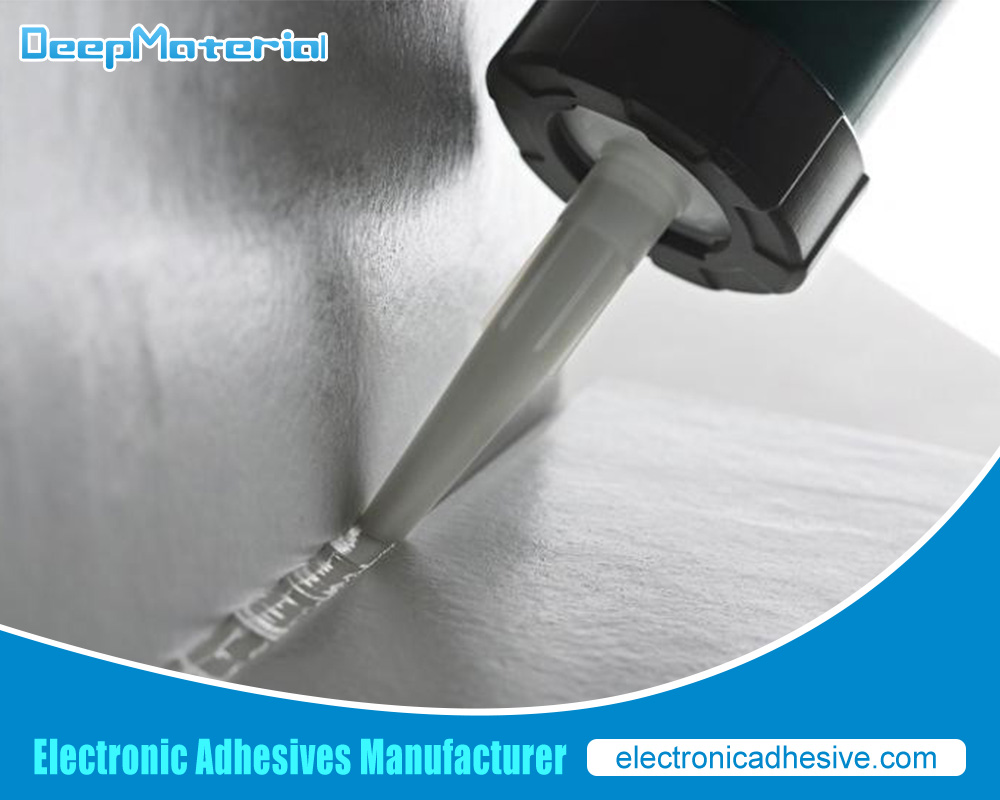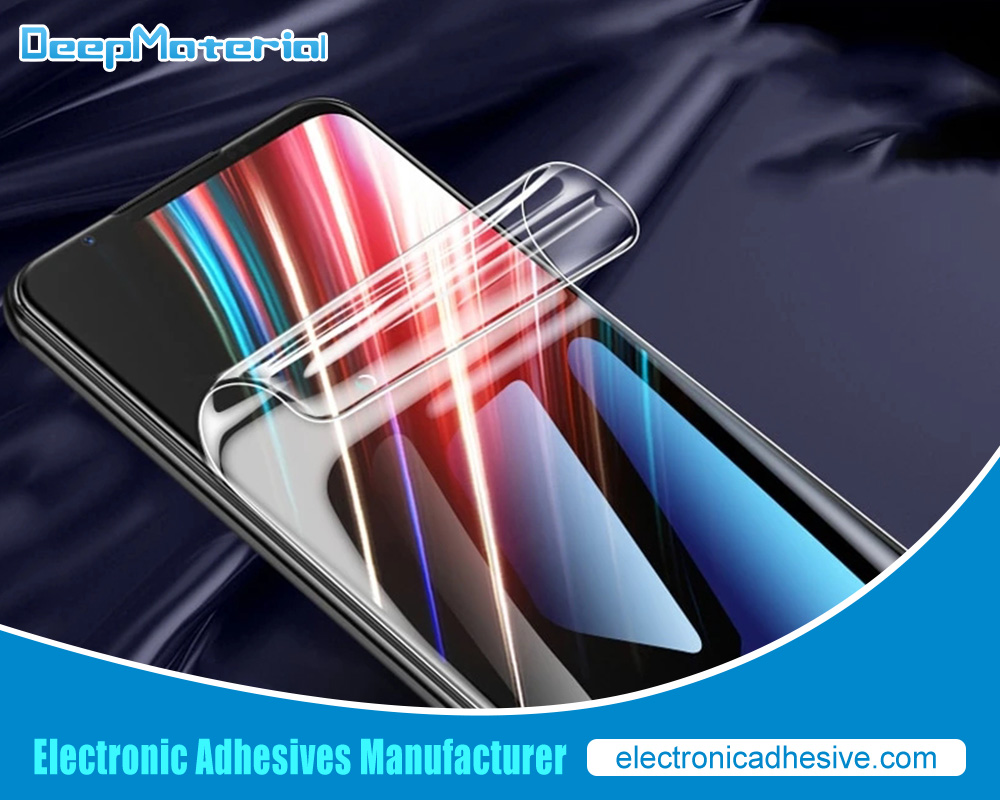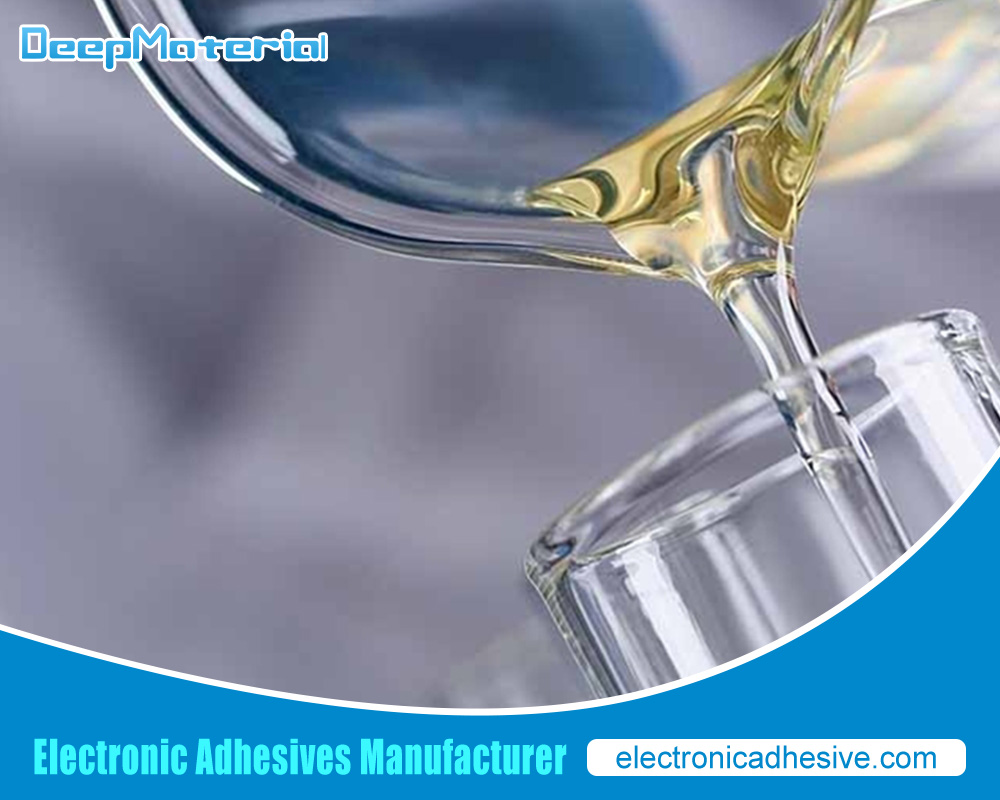Best Glue for Magnet to Plastic: A Comprehensive Guide
Best Glue for Magnet to Plastic: A Comprehensive Guide
Selecting a suitable adhesive is crucial when attaching magnets to plastic. Whether you’re a hobbyist working on a DIY project or a professional needing a reliable bond, finding the best glue for the job can make all the difference. In this comprehensive guide, we will explore the various types of adhesives suitable for bonding magnets to plastic, factors to consider when choosing glue, step-by-step instructions for successful bonding, and some frequently asked questions.
1. Types of Adhesives for Bonding Magnets to Plastic
Several types of adhesives can be used to bond magnets to plastic. Each type has its strengths and weaknesses, depending on the specific requirements of your project. Here are the most commonly used adhesives:
a. Cyanoacrylate (Super Glue)
Cyanoacrylate, commonly known as super glue, is one of the most popular choices for bonding magnets to plastic. It is a fast-acting adhesive that creates a strong bond in seconds. Super glue is easy to use and readily available in most hardware stores.
Advantages:
- Quick bonding time
- Strong adhesion
- Easy to use
Disadvantages:
- Limited gap-filling ability
- Not suitable for flexible or porous plastics
Best for: Small magnets and non-flexible plastic surfaces.
b. Epoxy Resin
Epoxy resin is a two-part adhesive consisting of resin and a hardener. When mixed, these components create a chemical reaction that results in a robust and durable bond. Epoxy is highly versatile and can bond with various materials, including magnets and plastic.
Advantages:
- Powerful and durable bond
- Excellent gap-filling properties
- Resistant to heat and chemicals
Disadvantages:
- Longer curing time
- Requires mixing before application
It is best for Larger magnets, projects requiring a strong bond, and situations where gap-filling is necessary.
c. Polyurethane Adhesive
Polyurethane adhesive is another excellent option for bonding magnets to plastic. It is known for its flexibility and strong adhesion to various materials, including plastic. Polyurethane adhesive is also water-resistant, making it suitable for outdoor applications.
Advantages:
- Flexible bond
- Water-resistant
- Bonds well to various plastics
Disadvantages:
- Longer curing time
- It can be messy to work with
Best for: Applications requiring flexibility and water resistance.
d. Silicone Adhesive
Silicone adhesive is a flexible, rubber-like adhesive that bonds well to many types of plastic. It is beneficial in applications where flexibility is essential, such as bonding magnets to flexible plastic materials.
Advantages:
- Flexible bond
- Water-resistant
- Suitable for high-temperature applications
Disadvantages:
- Longer curing time
- Lower strength compared to other adhesives
Best for: Flexible plastics and high-temperature environments.
e. Hot Glue
Hot glue is a thermoplastic adhesive applied in a molten state using a glue gun. It cools and hardens quickly, creating a bond between the magnet and plastic. While hot glue may not provide the strongest bond, it is often used for temporary or low-stress applications.
Advantages:
- Quick and easy to use
- Instant bonding
- Suitable for temporary applications
Disadvantages:
- Weaker bond compared to other adhesives
- Not suitable for high-stress applications
Best for: Temporary bonds and low-stress applications.

2. Factors to Consider When Choosing the Best Glue
Several factors should be considered when selecting the best glue for bonding magnets to plastic. These factors will help you choose the suitable adhesive for your specific needs:
a. Type of Plastic
Different types of plastics have varying surface characteristics that can affect adhesion. For example, polyethylene and polypropylene are known for being challenging to bond due to their low surface energy. In contrast, ABS and PVC are more easily bonded. Knowing the type of plastic you are working with is essential to selecting the appropriate adhesive.
b. Strength of Bond
Another crucial factor is the required strength of the bond. If you need a strong, permanent bond, epoxy resin or polyurethane adhesive may be the best choice. For less critical applications, super glue or hot glue may suffice.
c. Flexibility
A flexible adhesive like silicone or polyurethane is ideal if the plastic surface is flexible or if the bond will be subjected to movement or stress. These adhesives can withstand the movement without breaking the bond.
d. Environmental Factors
Consider the environment in which the bond will be used. A water-resistant adhesive like polyurethane or silicone is recommended if the bond will be exposed to water, moisture, or outdoor conditions. Silicone adhesive is a good option for high-temperature environments.
e. Curing Time
The curing time of the adhesive is also essential. Super glue bonds quickly, making it suitable for quick projects. On the other hand, epoxy resin and polyurethane adhesives take longer to cure but offer a stronger bond.
f. Gap-Filling Ability
If a gap exists between the magnet and the plastic surface, you need an adhesive with good gap-filling properties. Epoxy resin and polyurethane adhesives fill gaps and ensure a solid bond.
Step-by-Step Guide to Bonding Magnets to Plastic
To achieve a successful bond between a magnet and plastic, follow these step-by-step instructions:
a. Gather Materials
Before you begin, gather all the necessary materials:
- Magnet(s)
- Plastic surface
- Adhesive of your choice
- Sandpaper or a file (optional)
- Rubbing alcohol or acetone
- Cloth or paper towel
- Clamps or weights (optional)
b. Prepare the Surfaces
- Clean the Surfaces:Clean the magnet and plastic surfaces to remove dust, dirt, or grease. Rub alcohol or acetone on the surfaces and ensure they are clean.
- Roughen the Surfaces (Optional):To improve adhesion, lightly roughen the surfaces of the magnet and plastic using sandpaper or a file. This step is beneficial for smooth or glossy plastics.
c. Apply the Adhesive
- Mix the Adhesive (If Necessary): If using a two-part adhesive like epoxy resin, mix the resin and hardener according to the manufacturer’s instructions.
- Apply the Adhesive: Apply a small amount of adhesive to either the magnet or the plastic surface. Do not use too much adhesive, as this can weaken the bond.
- Position the Magnet: Carefully place the magnet on the plastic surface in the desired position. Press down firmly to ensure good contact between the surfaces.
- Secure the Bond
- Clamp or Weight the Magnet (Optional): Use clamps or weights to hold the magnet while the adhesive cures. This will help maintain pressure and ensure a strong bond.
- Allow the Adhesive to Cure: Follow the manufacturer’s instructions for curing time. To ensure the adhesive sets properly, avoid moving or disturbing the bond during this time.
d. Test the Bond
Once the adhesive has fully cured, test the bond by gently pulling on the magnet. The magnet should remain securely attached to the plastic if the bond is strong.
Frequently Asked Questions (FAQs)
a. Can I use superglue to bond a magnet to plastic?
Yes, superglue (cyanoacrylate) can bond a magnet to plastic, especially if the plastic surface is non-flexible. However, superglue may only be suitable for some types of plastic, and its bond strength may be limited in high-stress applications.
b. What is the best adhesive for bonding magnets to flexible plastic?
For bonding magnets to flexible plastic, silicone or polyurethane adhesive is recommended. These adhesives offer flexibility and can withstand movement without breaking the bond.
c. How long does it take for epoxy resin to cure?
The curing time for epoxy resin varies depending on the product, but it typically ranges from 24 to 72 hours. It is essential to follow the manufacturer’s instructions for the specific epoxy you use.
d. Is hot glue a good choice for bonding magnets to plastic?
Hot glue can bond magnets to plastic, but it is generally recommended for temporary or low-stress applications. Compared to other adhesives like epoxy or polyurethane, hot glue may not provide the strongest bond.
e. How can I remove a magnet that has been glued to plastic?
To remove a magnet that has been glued to plastic, you can try the following methods:
- Apply Heat:Use a heat gun or hair dryer to soften the adhesive. Once the adhesive is softened, gently pry the magnet off the plastic.
- Use Solvent:Apply a solvent like acetone or rubbing alcohol to dissolve the adhesive. Be cautious when using solvents, as they can damage certain types of plastic.
- Cut the Bond:If the bond is strong, you may need to cut the adhesive carefully using a razor blade or knife.
f. Can I paint over the adhesive after bonding the magnet to the plastic?
Yes, you can paint over the adhesive after it has fully cured. However, it is essential to ensure the paint is compatible with both the adhesive and the plastic surface.
g. Will the bond weaken over time?
The longevity of the bond depends on several factors, including the type of adhesive used, the environmental conditions, and the amount of stress placed on the bond. High-quality adhesives like epoxy resin or polyurethane can create long-lasting bonds, while weaker adhesives like hot glue may degrade over time.

Conclusion
Choosing the best glue for bonding magnets to plastic requires carefully considering the type of plastic, the required bond strength, flexibility, environmental factors, and curing time. Cyanoacrylate (super glue), epoxy resin, polyurethane adhesive, silicone adhesive, and hot glue are all viable options with advantages and disadvantages.
For most applications, epoxy resin and polyurethane adhesive offer the most robust and durable bonds. Super glue is a good choice for quick and simple projects, while silicone adhesive is ideal for flexible or high-temperature environments. Hot glue, on the other hand, is suitable for temporary or low-stress applications.
By following the step-by-step instructions in this guide, you can achieve a successful and reliable bond between a magnet and plastic. Whether you’re working on a DIY project or a professional application, the suitable adhesive can make all the difference in ensuring a solid and lasting bond.
For more about choosing the best glue for magnet to plastic: a comprehensive guide, you can pay a visit to DeepMaterial at https://www.electronicadhesive.com/ for more info.










